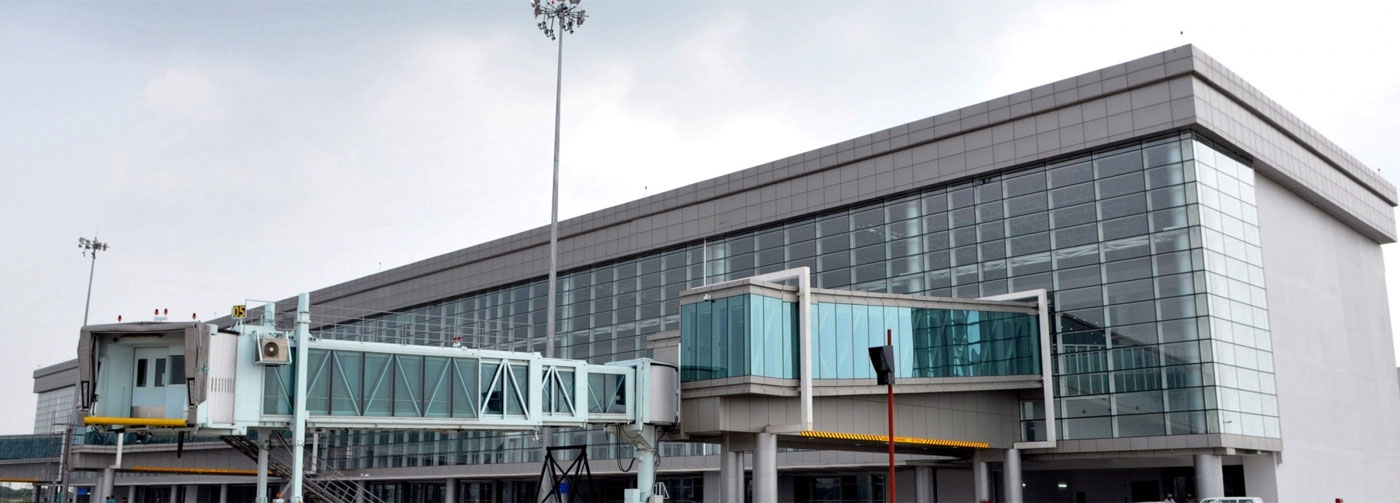The land acquisition for public purposes is inevitable in a growing economy. The compulsory acquisition of land is done under the provisions of the Land Acquisition Act, 1894. The procedure for land acquisition in Punjab has been laid down in the Standing Order No.28 of the FCR. Whenever the land is compulsorily acquired, it hurts the interest of land owners and they feel that they are not adequately compensated. They are also deprived of their means of livelihood in some cases and therefore, are required to be rehabilitated. There is a need to strike a balance, while acquiring land, to ensure that land is made available for public purposes and at the same time the farmers are adequately, compensated and rehabilitated, As such it is desirable that compulsory acquisition of land is kept to the minimum.
- The expression “Public Purpose” as defined u/s 3(i)of the Land Acquisition Act, 1894 includes:-
- i)
The provision of village-sites or the extension, planned development or improvement of existing village-.sites;
- ii)
The provision of land for town or rural planning;
- iii)
The provision of land for planned development of land from public funds in pursuance of any scheme or policy of Government and. subsequent disposal thereof in whole or in part by lease assignment or outright sale with the object of securing further development as planned;
- iv)
The provision of land for a corporation owned or controlled by the State;
- v)
The provision of land for residential purposes to the poor or landless or to persons residing in areas affected by natural calamities, or to persons displaced or affected by reason “of the implementation of any scheme undertaken by Government, any local authority or a corporation owned or controlled by the State;
- vi)
The provision of land for carrying out any educational, housing, health or slum clearance scheme sponsored by Government or by any authority established by Government for carrying out any scheme, or, with the prior approval of the appropriate Government by a local authority, or a society registered under the Societies RegistrationAct,1860, or under any corresponding law for the time being in force in a State, or a co-operative society within the meaning of any law, relating to co-operative societies for the time being in force in any State;
- vii)
The provision of land for any other scheme of development sponsored Government; or, with the prior approval of the appropriate Government, by a local authority;
- viii)
The provision of any premises or building for locating a public office, but does not include acquisition of land for Companies.
- i)
- It has been felt that land should normally be acquired through negotiations. Compulsory acquisition may be done only after paying adequate compensation at market. value and providing for rehabilitation of the landowners, for a public purpose listed below, “which list is illustrative and not exhaustive:-
- i)
Public buildings such as schools, hospitals, veterinary dispensaries, bus stands and railway stations etc. and offices/residences “for Govt. and its entities.
- ii)
Physical infrastructure such as roads, water supply and sewerage, public works, canal and other irrigation networks, ports and airports etc.
- iii)
PUrban infrastructure projects such as setting up of townships, housing, slum clearance schemes, industrial estates and other infrastructure relating thereto and planned development of land from public funds etc.
- i)
- Indiscriminate acquisition should not be resorted to by PUDA or any other urban development agencies and prime focus should be acquisition for economically and socially backward groups.
- The land for Industrial parks, projects and urban development projects such as residential colonies and commercial establishments for development by private sector will be acquired through negotiation with the land owners. However, land not exceeding 20% of the total project, may be compulsorily acquired by the government at their cost to provide contiguity and connectivity for such projects after paying‟ adequate compensation to the farmers and undertaking their rehabilitation.
- It has been noted that sometimes land acquisition proceedings are initiated by Administrative Departments indiscriminately, some times for a purpose which can he achieved otherwise by acquiring land through negotiations by the private sector. Therefore, al1 proposals for acquisition of land u/s 4 may first be referred to the State Level Land Acquisition. Board (SLLAB). The SLLAB may consider the proposal of the Administrative Department and issue a No Objection Certificate within one month of receipt of the proposal, if the acquisition is found to be for a public purpose as illustrated above. While doing so SLLAB will ensure that NOC is granted for the minimum land required for the public purpose.
- It has been noted that due to delay in the land acquisition proceedings, there. is great variation in the land prices as on the date of notification u/s 4 and the date on which the award is announced and possession is taken. The land owners who except to be compensated adequately, feel aggrieved when they are offered compensation at the rates prevailing on the date of notification u/s 4. Therefore, the time period between the issue of notification u/s 4 and declaration u/s 6 shall be confined to 6 months only. The Administrative Department must issue the declaration u/s 6 within a period of 6 months of the notification u/s 4 of the Act. Similarly, the time period between date of issue of declaration u/s 6 of the Act and the announcement of award shall also be confined to ” 6 months. If the award is not announced within 6 months of the issue of declaration u/s 6, the acquisition proceedings will lapse and will have to be started de novo, if required.
- To make the process of land acquisition more transparent, the market value of the land shall be determined within a period of 3 months from the date of issue of notification u/s 4 of the Act and shall be incorporated in the declaration/notification to be issued u/s 6 of the Act.
- “The compensation award should be based on the market value of the land being acquired. The District level Committee should take into account the actual market rates prevailing in the area and then make its recommendations. An additional “no litigation premium” would be provided on the determined market value of the land in case of compulsory acquisition @ 10% of this value. This will encourage better compliance and cut delay on land acquisition due to Court interventions. An attempt should also be made to have a negotiated settlement with the land owners, before the rates are recommended by District level Committee to the Government.
- PUDA and other Development Authorities such as GMADA, PDA, PSIEC and Improvement Trusts shall prepare schemes such as Land Pooling Scheme, oustee policy etc. where the land owner is given some developed land in lieu of compensation or is provided developed land on reserved price in addition to compensation given to him on market rates. Such schemes cannot however be implemented where the land is not being acquired for residential or Industrial Estates.
- The land owners and other persons dependent on the land being – acquired are immediately deprived of their livelihood, as soon as possession of the land is taken by the acquiring Department. The land owners and other affected families shall: be rehabilitated in accordance with the provisions of “National Policy on Resettlement and Rehabilitation for Project Affected Farmers-2003”.
- On approval of the policy, the Standing order No.28: of FCR shall be amended accordingly to implement the same.
Land Acquisition Policy
FCR: Standing Order No.28






















